#viscount lascelles
Text
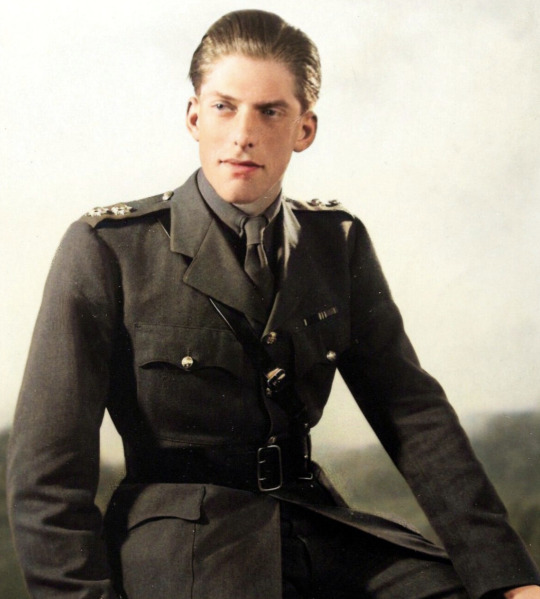
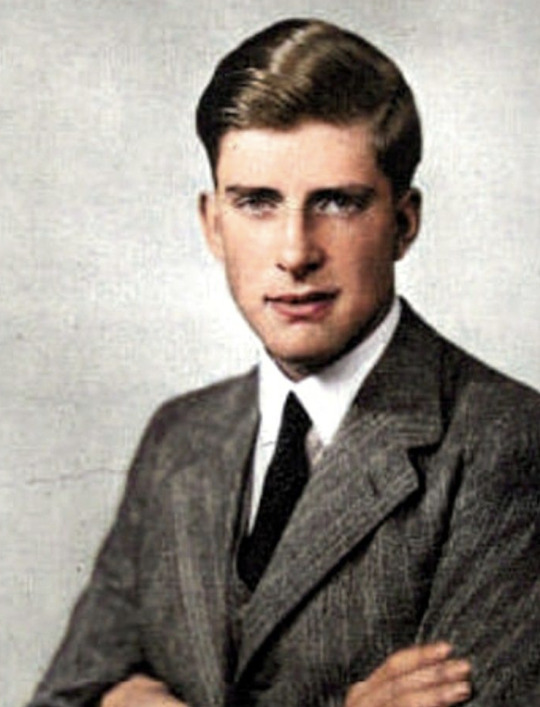



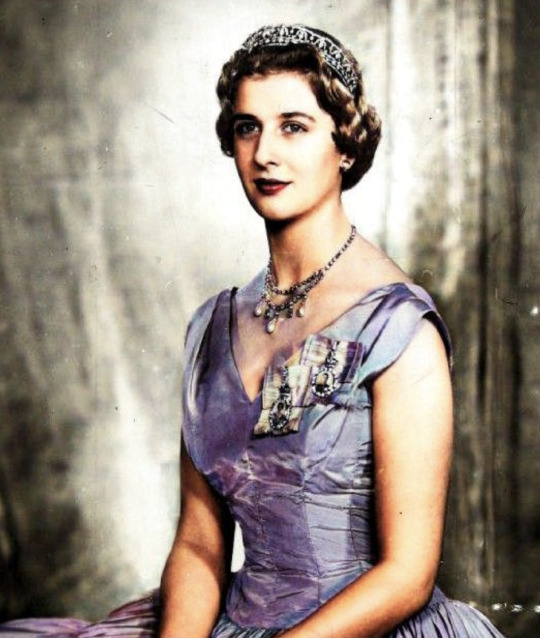

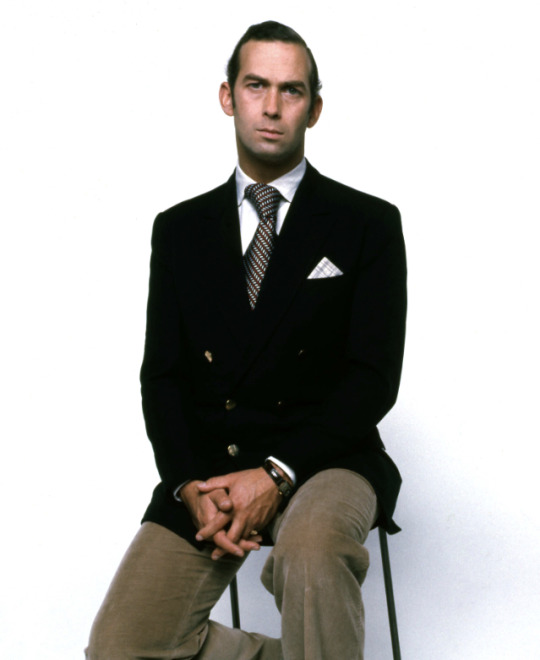
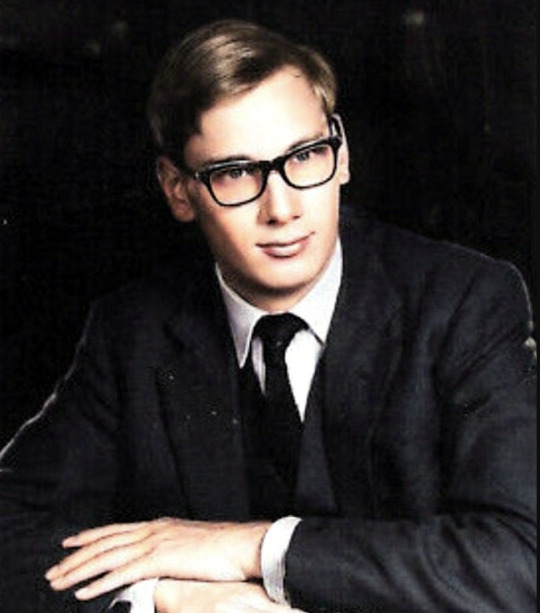
Grandchildren of TM King George V & Queen Mary:
George Lascelles, 7th Earl of Harewood (1923-2011)
The Hon Gerald Lascelles (1924-1998)
HM Queen Elizabeth II (1926-2022)
HRH Princess Margaret, Countess of Snowdon (1930-2002)
HRH Prince Edward, Duke of Kent (1935 -)
HRH Princess Alexandra of Kent (1936 -)
HRH Prince William of Gloucester (1941-1972)
HRH Prince Michael of Kent (1942 -)
HRH Prince Richard, Duke of Gloucester (1944 -)
#queen mary#queen mary of teck#king george v#george v#elizabeth ii#queen elizabeth#queen elizabeth ii#princess margaret#george lascelles#earl of harewood#viscount lascelles#gerald lascelles#duke of kent#prince edward#prince michael#prince michael of kent#princess alexandra#princess alexandra of kent#prince william#prince william of gloucester#prince richard#duke of gloucester#brf
143 notes
·
View notes
Text
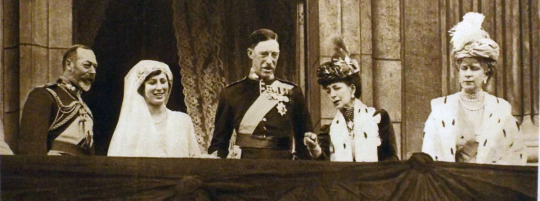
28 February 1922
King George V and Queen Mary present their daughter on the balcony of Buckingham Palace. The Princess is seen with her Grandmother Queen Alexandra and new husband Viscount Lascelles.
© Universal History Archive
#king george v#queen mary#queen alexandra#princess mary#mary princess royal#countess of harewood#viscount lascelles
47 notes
·
View notes
Note
Regarding Meghan being pregnant before the wedding: if it's true, they HAD to get married before the hypothetical birth or it would have been illegitimate. It wouldn't have been able to be in the line of succession or inherit any titles from Harry, even if they married after the birth. (And we know how well that would have gone down with those two.)
For example: the Earl of Harewood had two children with his wife before they got married, but it's their third child (their second son) who was born after marriage and is Viscount Lascelles, in the line of succession, and will inherit the earldom.
Basically, the marriage is important for titles and status to be handed down, and I doubt the Queen would have wanted an illegitimate great-grandchild.
Hi EmmaShouldBeWriting,
You are correct with the succession details. I agree that Her Late Majesty would not have wanted an illegitimate great-grandchild, so as soon as they used the pregnancy card, she was forced to agree to the marriage.
If it was me, I would have made them wait until after the baby was born to be married, but I don't like having my hand forced. Her Late Majesty was far more gracious than I am. :)
23 notes
·
View notes
Text

Henry ‘Chips’ Channon: The Diaries (Vol. 1), 1918-38, entry for 2nd July 1923
—
Monday 2nd July
In the evening we dined at Brook House some ninety strong with General and Mrs Vanderbilt.¹ Later there was a large ball, very fashionable and grand yet ‘kind’. Mrs Vanderbilt passed first into dinner with Paul of Serbia, which was correct but seemed to irritate Lord Curzon .... At midnight the P of W and the Yorks arrived ... her² first ball. Everyone was interested to see what would happen and what etiquette would be precedented and established. She was charming, dignified and blushing a little. Everyone ‘bobbed’ to the ground, if anything even lower than to the princes. Now that is settled. She brought no lady-in-waiting as Princess Mary³ frequently does ...
—
1. Brigadier General Cornelius Vanderbilt III (1873-1942), of New York, was a soldier and yachtsman: in 1896 he married, greatly against his father’s wishes, Grace Graham Wilson (1870-1953).
2. The former Lady Elizabeth Bowes-Lyon.
3. Princess (Victoria Alexandra Alice) Mary (1897-1965), only daughter of King George V and Queen Mary. She married Henry George Charles Lascelles (1882-1947), by courtesy Viscount Lascelles, who in 1929 became the 6th Earl of Harewood. She was created Princess Royal in 1932.
#chips channon#channon diaries#1923#1920s#cornelius vanderbilt iii#grace vanderbilt#prince paul of yugoslavia#george curzon#edward viii#george vi#queen elizabeth the queen mother#mary princess royal#brook house#🕰️
4 notes
·
View notes
Text
There were fourteen for lunch and I sat next to the King – for the first time in a large lunch. We got on v. well after a bit and talked a lot – I was thrilled. On my left was Sir Alan Lascelles, who asked me if I kept a diary and remarked how interested I’d be to read in my great-grandmother’s diary that she sat next to William IV or something, which I knew applied to myself at the present moment and which idea is also always in my mind.
- Alathea Fitzalan Howard diary entry, November 1, 1941 (The Windsor Diaries)
---
Alathea Fitzalan Howard (1923-2001) was the daughter of the second Viscount Fitzalan of Derwent. During the war she lived at Cumberland Lodge in Windsor Great Park and spent much time with the Royal Family, especially Princesses Elizabeth and Margaret.
6 notes
·
View notes
Photo
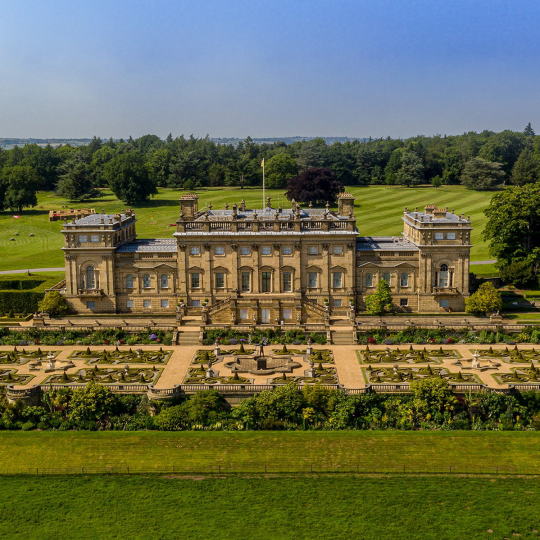

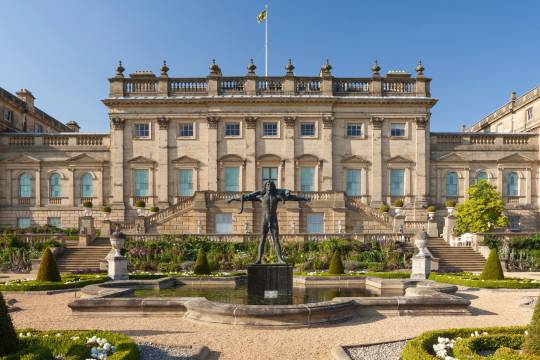



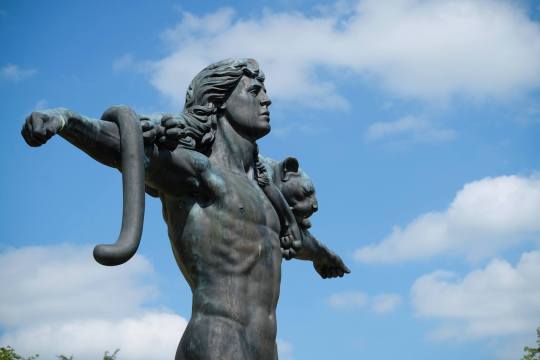



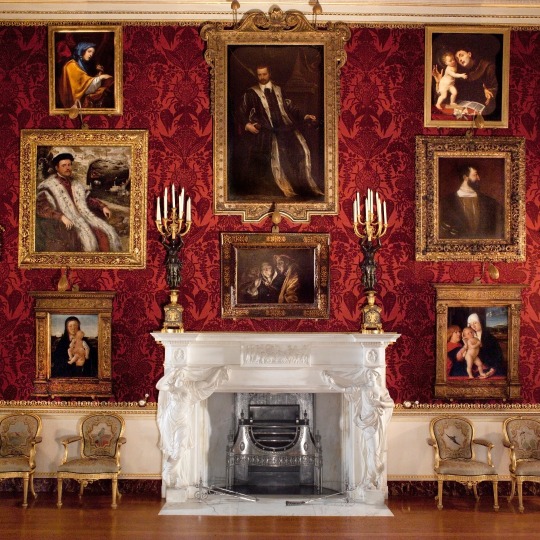
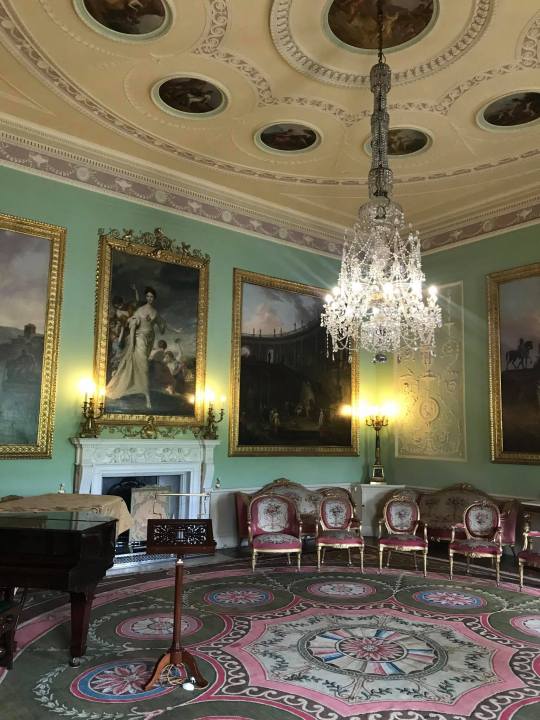
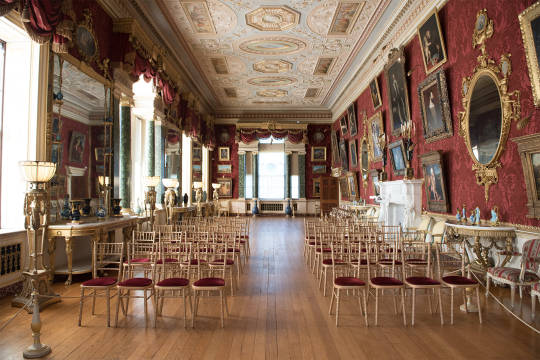
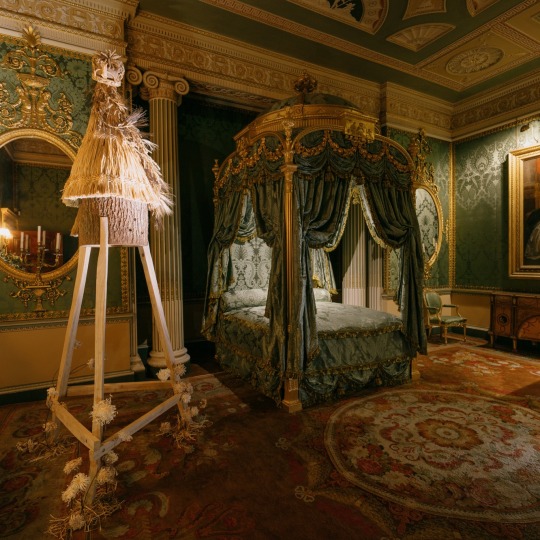
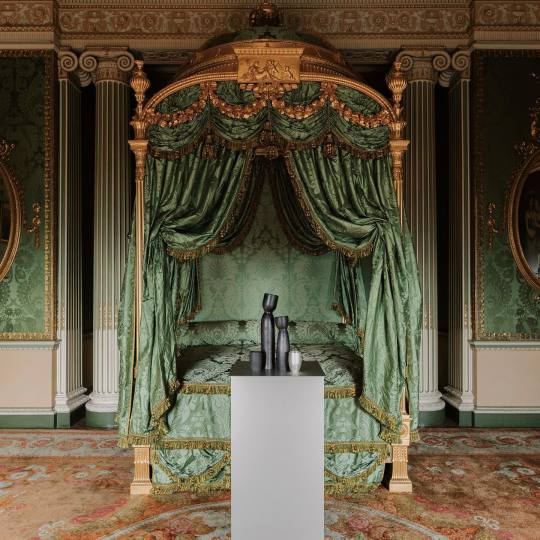
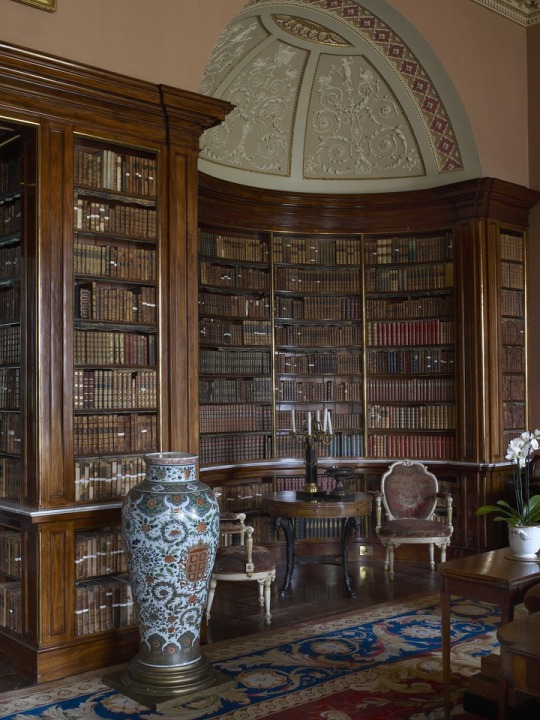
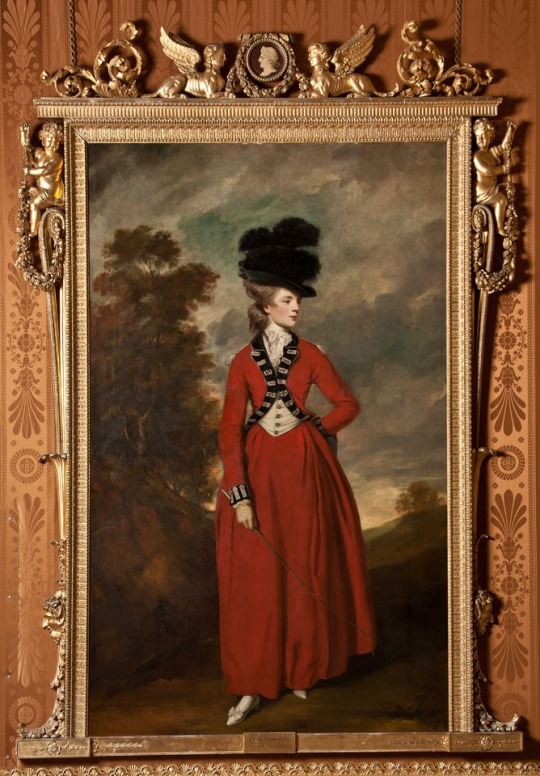


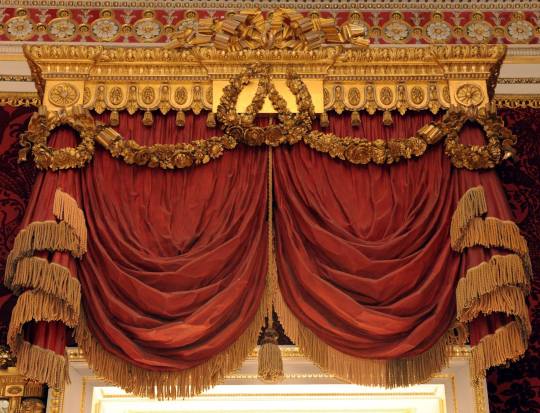


Harewood Manor in England.
~ “Home to the Lascelles family for hundreds of years, Harewood House is a famous landmark in Leeds. However, the grandeur of property harbors a dark and troubled past. In the late 17th century, members of the Lascelles family purchased plantations in the West Indies, and the income generated from these plantations allowed Henry Lascelles to purchase the property in 1738, and his son, Edwin, who was the first Baron of Harew ood and a rich slave, built the house in 1759 and 1771 to replace the original solar that existed on the property. His money initially came from trade, mostly from the sugar plantations in Barbados, which were worked by African slaves. The Lascelles brothers concentrated on their production and export, importing slaves from West Africa to work in the plantations. Edwin was the head of the family since 1786, after his two younger brothers, Daniel and Henry, died two years apart. He built 22 plantations in the West Indies where 3,000 slaves worked. He later died without children and the property then passed to his cousin Edward, who had worked as a customs clerk in Barbados. Edward became Count of Harewood and won the title of Viscount Lascelles in 1812.” ~
1 note
·
View note
Text

100 years ago today: King George V and Queen Mary became grandparents for the first time. Their daughter Princess Mary and her husband Viscount Henry Lascelles welcomed a son, The Hon. George Lascelles. George would succeed his father as Viscount Lascelles and again succeed him as the Earl of Harewood.
#queen mary#mary of teck#brf#queen mary of teck#george v#king george v#princess mary#princess royal#countess of harewood#George lascelles#viscount lascelles#earl of harewood#Henry lascelles#royal children#otd#1920s
63 notes
·
View notes
Text
Great-grandchildren of Mary, Princess Royal and Countess of Harewood
via George Lascelles, 7th Earl of Harewood → David Lascelles, 8th Earl of Harewood
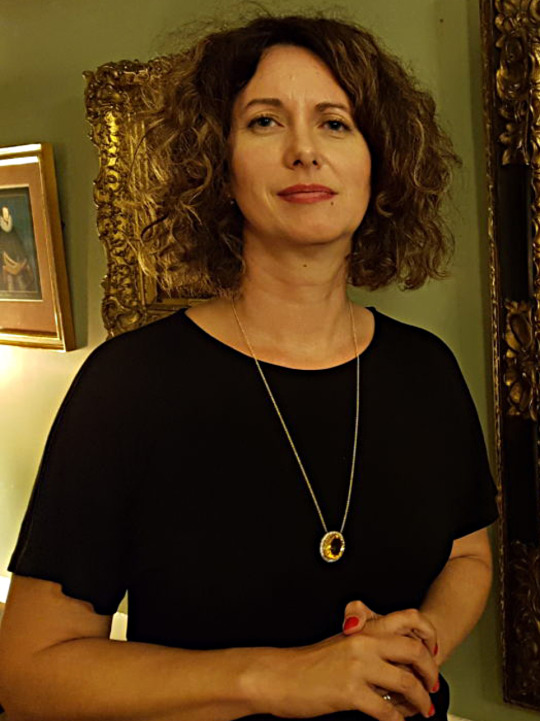



Lady Emily Tsering Lascelles Shard (1975)
Benjamin George Lascelles (1978)
Alexander Edgar Lascelles, Viscount Lascelles (1980) heir-apparent to the earldom
Hon. Edward David Lascelles (1982)
#i want to make this a series#the extended fam#hmm#mary princess royal#countess of harewood#henry lascelles#6th earl of harewood#lady emily shard#benjamin lascelles#alexander lascelles#edward lascelles#great-grandchildren series
24 notes
·
View notes
Text
Harewood House, an renowned landmark in Leeds, and has opened up on the stately homes history and how it was funded by slavery
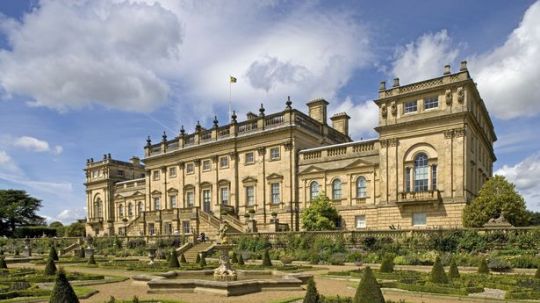
A stately home has opened up about its slave trade past to shed light on its dark history in a bid to educate others.
Harewood House was purchased using money from slave plantations and the first Baron of Harewood was a wealthy slave owner.
The vast property, near Leeds, has opened up about its sombre history instead of running from it, LeedsLive reported.
David Lascelles, Earl of Harewood said: "I believe very strongly that we can change things in the present, but for better or for worse there is nothing that any of us can do about history and the past.”
The home of the Lascelles family for hundreds of years, Harewood House is a renowned landmark in the area.
In the late 17th century members of the family bought up plantations in the West Indies and worked them with slaves they imported from Africa. David Lascelles with the late Queen (
Image: PA)
Money generated from these allowed Henry Lascelles to purchase the estate in 1738 and his son Edwin, the first Baron of Harewood, was a wealthy slave owner who built the home between 1759 and 1771, replacing the original manor.
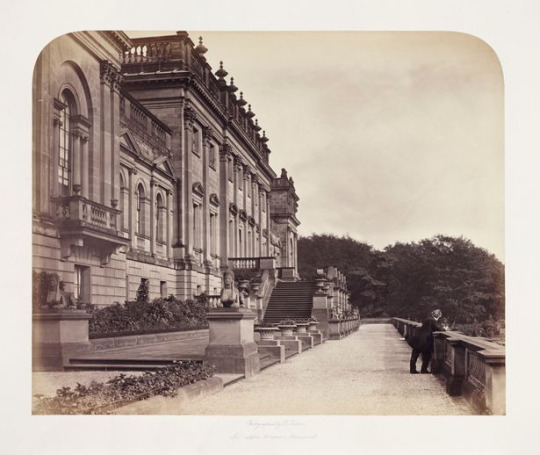
The family generated their money from the sugar plantations and the Lascelles brothers imported slaves from West Africa to work them.
Edwin headed the family fortune from 1786 after his two younger brothers, Daniel and Henry, both died within two years of each other. The house's first owners profiteered from the slave trade (
Image: SSPL via Getty Images)
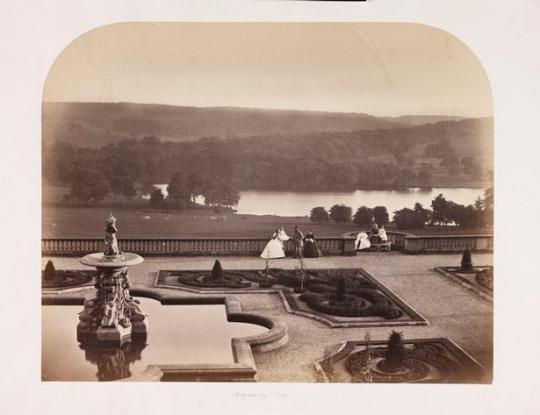
Following that, he added 22 more plantations and 3,000 slaves to the family’s slave empire - benefiting from the collapse of sugar exports during the American War of Independence.
Edwin went on to die childless, and took his title with him, his fortune passing to his cousin Edward, who eventually became the Earl of Harewood. In 1812 he also became Viscount Lascelles.
The Lascelles soon became aristocrats and the sixth Earl of Harewood married Princess Mary, Queen Elizabeth II’s aunt. Photograph of Harewood House taken in the 19th century (
Image: SSPL via Getty Images)
Then, in 2005, the eighth earl, David Lascelles, second cousin of King Charles, opened up about his ancestors’ profiteering off the slave trade in a documentary.
Much of the research into the Lascelles’ slave trade links was undertaken by the University of York in 2007 when they digitised much of the business papers detailing the families affairs.
David and the family helped researchers at York University on the life and times of Henry Lascelles, they did not hesitate to hand over letters and documents. Researchers from the University of York helped shine a light on the family's deep ties to the slave trade (
Image: Getty Images/DeAgostini)
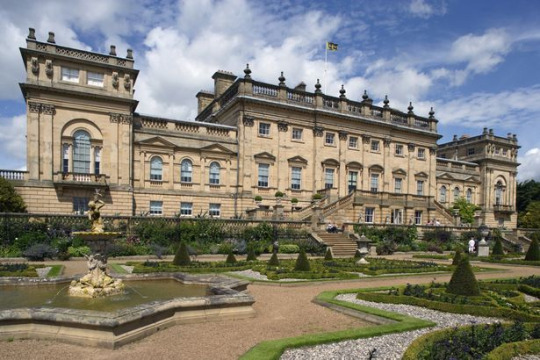
The family sold their last plantation on the island in 1970 and now have a legacy on the island of Barbados.
Many local residents who have descended from slaves still have Lascelles or Harewood as their surname, as it was common for slaves to take the name of their owners.
David has made it clear that there is educational work being done to make sure Harewood is inclusive and that the history is out for the public to see.
#Stately home owner opens up about family's slave trade past to educate others#uk slavery#uk slave owners profits on display in 2022
1 note
·
View note
Text
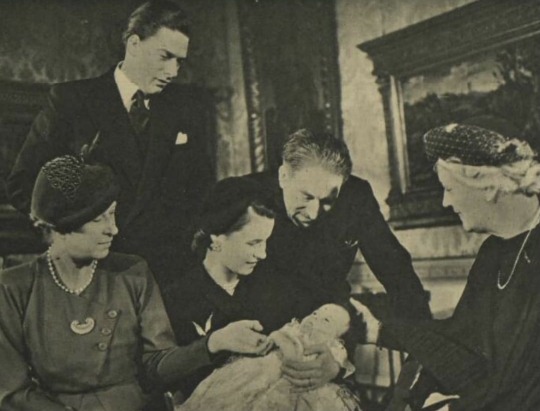





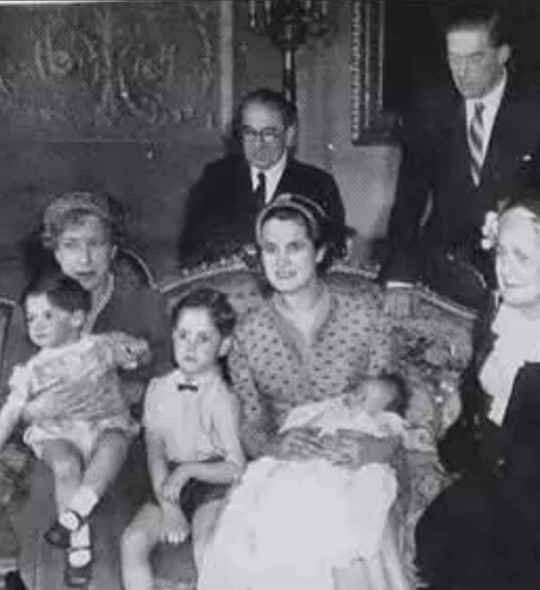

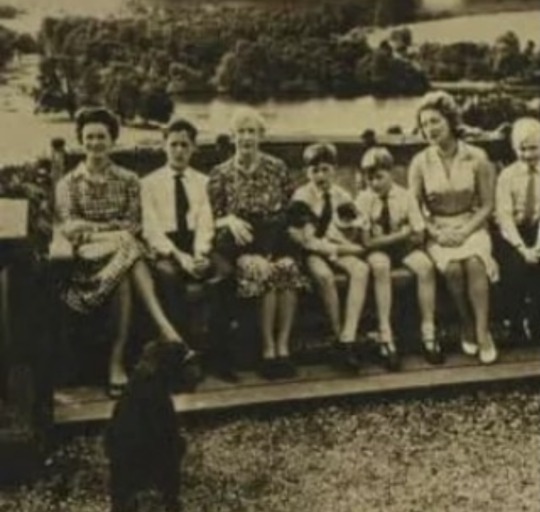

A collection of photos of Princess Mary, Countess of Harewood and her grandchildren ranging from the years 1950-1962
#brf#mary princess royal#countess of harewood#Harewood house#Lord harewood#Earl of Harewood#viscount lascelles#viscountess lascelles#Princess Mary#princess mary countess of harewood#king george v#queen mary#queen mary of teck#mary of teck#George v#british royal family#British royals#royalty#monarchy#Yorkshire#Yorkshire princess#Leeds#George lascelles#Gerald lascelles
71 notes
·
View notes
Photo

Princess Elizabeth (Queen Elizabeth II) and cousin Viscount Lascelles, April 23, 1930
146 notes
·
View notes
Photo

✵ September 29, 1949 ✵
Marion Stein & George Lascelles, 7th Earl of Harewood
#Marion Stein#George Lascelles#Countess of Harewood#Earl Harewood#house of harewood#Viscount Lascelles#viscountess lascelles#formal photos#formal photo#aristocrat#british aristocrat#aristocrat wedding dress#british aristocrat wedding dress#aristocrat wedding#wedding veil#wedding bouquet#british aristocracy
17 notes
·
View notes
Photo
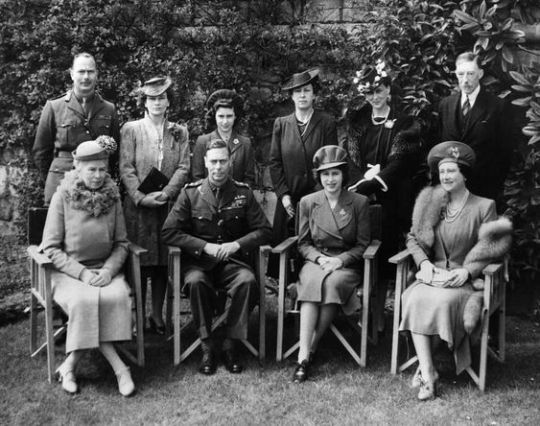
A Windsor Family Portrait
Standing: Prince Henry, the Duke of Gloucester; the Duchess of Gloucester; the Princess Margaret; Mary, Princess Royal and Countess of Harewood; Princess Marina, the Duchess of Kent; & Henry, the Earl of Harewood.
Seated: The Queen Mary; King George VI; the Princess Elizabeth; & Queen Elizabeth.
#House of Windsor#United Kingdom#Queen Mary#George VI#Queen Elizabeth#Elizabeth II#Princess Margaret#Duchess of Gloucester#Princess Marina#Kent#Gloucester#Duke of Gloucester#Princess Mary#Princess Royal#Viscount Lascelles#Windsor#british royal family#alice montagu douglas scott
145 notes
·
View notes
Text

Recently married Princess Mary, Viscountess Lascelles and Henry, Viscount Lascelles are shown passing through Paris on their way to Florence, also among them, were Lady Patricia Ramsay and her husband Sir Alexander Ramsay in 1922.
#princess mary of wales#princess mary of the United Kingdom#Princess Mary Viscountess Lascelles#Princess Mary Countess of Harewood#mary princess royal#Henry Lascelles 6th Earl of Harewood#viscount lascelles#princess Patricia of Connaught#lady Patricia ramsay#1922#1920s history#early 1920s#1920s fashion#1920shair#1920s#british royalty#british royal#british royal fandom#british royal family#british nobility#sir alexander ramsay#alexander ramsay
15 notes
·
View notes
Photo
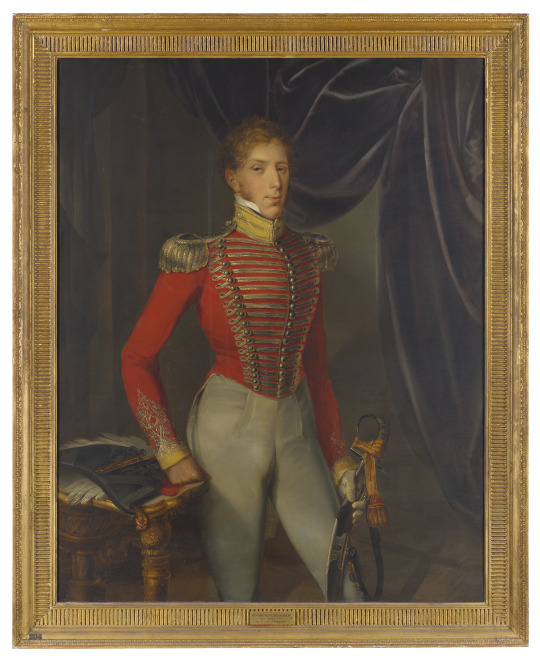
Ferdinand von Lutgendorff (b.1785 - d.1858), 'Portrait of a Gentleman, traditionally identified as a posthumous portrait of Edward (b.1796 - d.1839), Viscount Lascelles', c. 1830-1840s, German/English, oil on canvas, for sale est. 4,000 - 6,000 GBP in Christie's 'Property from descendants of Their Magesties King George V and Queen Mary', December 2019, London, England.
Edward, Viscount Lascelles (1796-1839) was the eldest son of Henry, the second Earl of Harewood.
Leo Freiherr von Lütgendorff’s Der Maler und Radierer Ferdinand Freiherr v. Lütgendorff records five portraits of Edward, Viscount Lascelles: two miniatures (from 1823 and 1832); a three-quarter length oil painting; a portrait of which no details are given, painted in Vienna in 1836, and a work painted posthumously at Würzburg in 1840 and thus described as: Viscount Lascelles, Graf v. Harewood in uniform, Aus dem Gedächtnis gemalt. Kniestück Ölgemälde', which Borenius postulates is probably identical to the present example that was acquired by the Earl of Harewood in Austria in 1922. Leo Freiherr von Lütgendorff’s catalogue also shows how the artist was favoured by the family, as it reveals frequent commissions for Philippine Lascelles, Edward’s second wife. The sitter is wearing court dress coat as worn by a light cavalry officer, most likely that of the Yorkshire Hussars, the family regiment. We are indebted to Christopher Bryant for his assistance with the identification of the uniform. (x)
#christies said he was 1st earl of harewood and im like. uh. that's. probably wrong#since his father was the second earl and you say that RIGHT there in the lot description so what is the truth#ferdinand von lutgendorff#viscount lascelles#1830s#1840s#german#english#oil on canvas#christies#england#unknown sitter#known sitter#known artist
0 notes